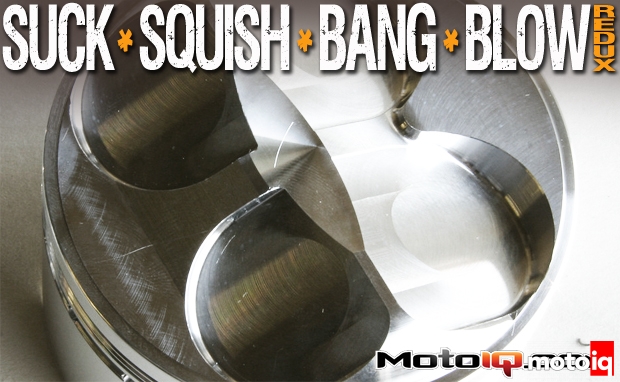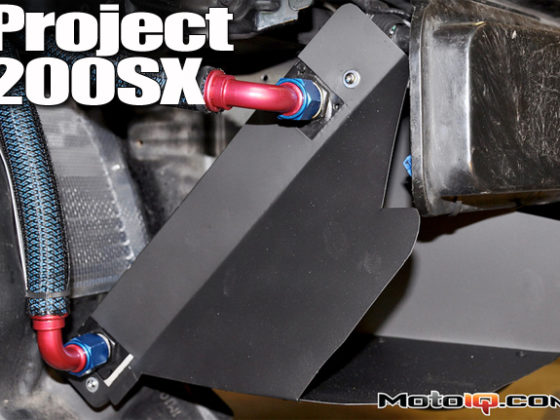,
In short more compression equals more power! The power increases are good across the entire rev range. Are there any disadvantages with higher compression? Yes a few; raising an engine's compression means its octane requirements will increase. Higher octane is needed if the compression ratio is increased significantly in order to avoid detonation. Detonation is an explosive uncontrolled burn that really causes combustion pressures and temperatures to soar. Detonation is the #1 killer of high performance modified engines and needs to be avoided at all costs. Increasing compression also means more heat which must be dissipated to avoid engine damage and detonation. That is why stock engines that must run on 87 octane pee water and boosted turbo or supercharged engines generally have lower compression ratios.
 |
| The volume of the combustion chamber also has a direct correlation to the compression ratio. A common trick to increase an engine's compression ratio is to mill the head to reduce combustion chamber volume. A very rough approximate is that milling the head 0.50 mm will increase the compression ratio around 1/2 of a point. 1 mm can increase the compression by around a point. There are limits to this however. Miling the head retards the cams in OHC engines. Milling can also weaken the deck causing head sealing problems. |
Traditionally stock naturally aspirated motors had a compression ratio of about 9-9.5:1. This was because they had tp be able to run low octane regular gas without the risk of detonation. Modern late model engines with sophisticated electronic engine management and more optimized combustion chambers now have compression ratios of 10:1 to as high as 11.5:1. Built street motors that must run on pump gas have compression ratios of around 10:1 to as much as 11.5:1. 11.5:1 is about the threshold of the maximum safe compression ratio that can be run on premium 91 octane pump gas even with modern engine controls. Racing motors that run on very high octane racing fuel have compression ratios up to 13.5:1 and sometimes even higher.
 |
| Head gasket thickness has a direct effect on compression ratios. Many popular engines have several different options of multi layer steel head gaskets available so the engine builder can fine tune compression ratio. HKS, Cosworth, Greddy, Apexi and others have optional head gaskets in several thicknesses for popular engines. Really thick gaskets should be avoided as they can screw up the effectiveness of combustion chamber geometry which has an impact on an engine's propensity to detonate and thermal efficiency. |
Turbo and supercharged engines usually have lower compression ratios, in the range of 7-9.5:1. The compression ratio is lower on these engines because the turbo or supercharger packs lots and lots of fuel air mixture into the cylinders. This raises cylinder pressure considerably and thus the compression ratio must be lower to avoid excess cylinder pressure and detonation.


